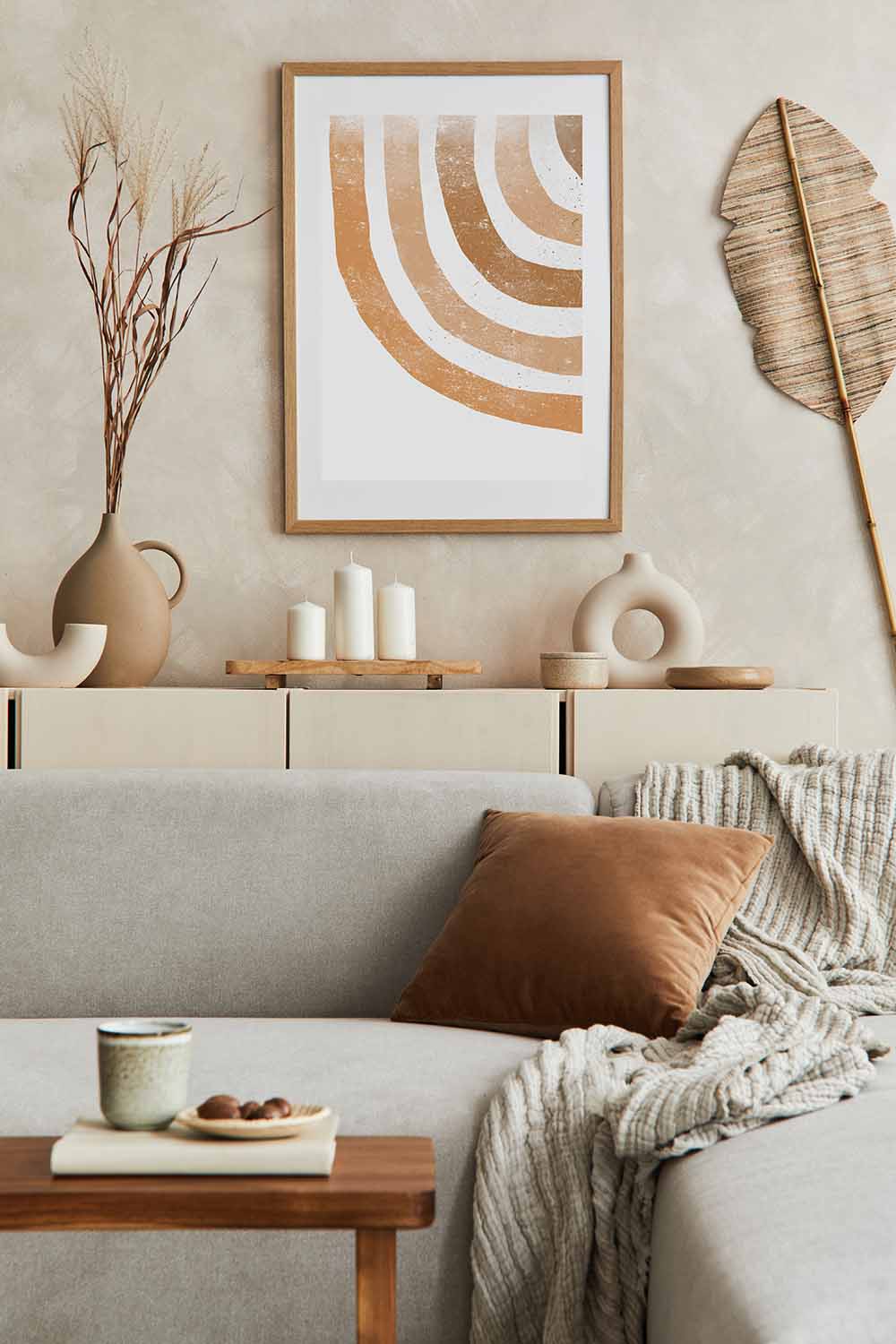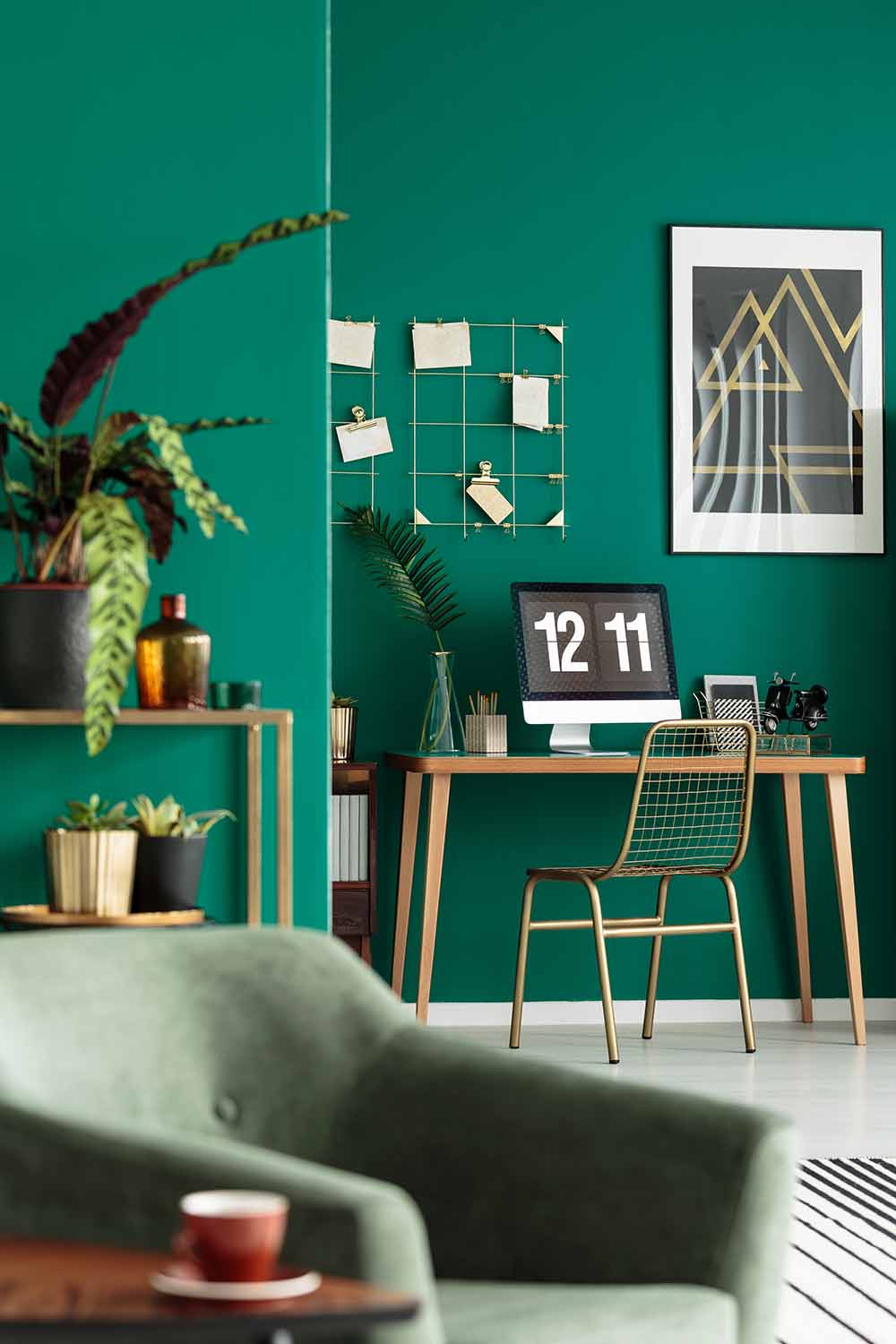Crafting the ideal living space is more than just picking chic furniture or arranging captivating artwork. Beneath the surface, lies an often-underestimated magician – the power of colours. The enchanting realm of colour psychology in home décor is your secret ingredient for fashioning a harmonious, welcoming, and emotionally captivating haven. In the world of home décor, colour psychology helps you harness the emotional power of colours to create spaces that resonate with your feelings and moods.

Integrating the principles of colour psychology into your home's design is a fundamental aspect, but it's equally vital to consider your personal preferences. After all, your home should be a true reflection of your unique style and personality. Design icon and the dean of indigenous decorators (he abhorred the term interior designer), Billy Baldwin famously said, “Be faithful to your own taste, because nothing you really like is ever out of style.”
Understanding Colour Psychology

Legendary painter Wassily Kandinsky said, "Colour is the keyboard, the eyes are the harmonies, the soul is the piano. The artist becomes the masterful hand that delicately caresses the keys, evoking vibrations that resonate deep within the soul." Colour psychology, a field that explores the impact of colours on human emotions and behaviour, plays a significant role in home décor. It's not just about aesthetics; it's about creating a space that supports and enhances your well-being.
Let's delve into the world of colour psychology to understand how to choose hues that influence the mood in your home.
The Serenity of Blues

Blue is often associated with tranquillity and calmness. It's a soothing colour that can evoke a sense of peace and relaxation. French painter Raoul Dufy said, “Blue is the only colour which maintains its own character in all its tones...it will always stay blue.”
In areas where relaxation is a priority, such as bedrooms or living rooms, consider using shades of blue. It can help create a serene atmosphere conducive to unwinding after a long day.
The Warmth of Reds and Oranges

At opposite ends of the colour spectrum, reds and oranges are versatile hues with contrasting meanings. They can symbolize aggression, danger, or sacrifice, as well as comfort, love, and success. These vibrant colours stimulate conversation and create an inviting atmosphere, triggering enthusiasm, boosting confidence, and even affecting physiological responses like metabolism and heart rate. In interior design, consider adding red or orange accents in spaces meant for social interaction, like the dining room or kitchen. As fashion designer Bill Blass wisely noted, "Red is the ultimate cure for sadness."
The Versatility of Neutrals

Neutral colours like white, beige, and grey, along with the natural warmth of timber finishes, offer a timeless charm in home decor. They create an elegant and serene ambience, making rooms feel more spacious, inviting, and comfortable. Neutrals are versatile, providing a harmonious backdrop for other colours and an enduring sense of sophistication. In the words of design wisdom, "Neutrals never go out of style and make any space feel timeless."
The Tranquillity of Greens

Whether you're drawn to lime, mint, or sage, shades of green consistently evoke feelings of refreshment and tranquillity. It's an unmistakably natural colour, closely tied to the concepts of growth, renewal, and life itself. The soothing essence of green makes it synonymous with peace, relaxation, and a sense of security, conjuring images of nature's serene embrace.
In the realm of interior design, green's versatility shines through as it seamlessly transitions between being an unobtrusive backdrop and a bold focal point. Consider adding touches of green in areas like your home office or reading nook to promote productivity and relaxation.
The Elegance of Purples

The colour purple has a captivating history, having once been exclusively reserved for the robes of kings to underscore their regal superiority, power, and opulent wealth. Designers have long recognised the intricacies of pairing this enigmatic colour, as the selection of the wrong shade can swiftly disrupt the overall aesthetic harmony. Remarkably, purple has the ability to bestow a touch of luxuriousness upon any room it graces. For those seeking to infuse their living spaces with an air of opulence, consider incorporating shades of purple into key areas such as the master bedroom or a formal dining room.
Balancing Contrasting Colours

True design magic often emerges from the harmonious dance of various colours. Skilfully blending contrasting hues can give rise to captivating visual intrigue and stir multifaceted emotional reactions. The key lies in achieving a balance, avoiding monotony, and infusing your living spaces with vibrant vitality. Consider this – pairing serene blues with invigorating oranges, or melding the warmth of yellows with the coolness of greys, can orchestrate a harmonious and aesthetically pleasing environment. In the world of home design, it's the artful combination of colours that transforms a space into a well-rounded and visually captivating masterpiece.
Consider Personal Preferences

To quote the wizarding world, "Whether you come back by page or by the big screen, Hogwarts will always be there to welcome you home." In essence, your home should serve as a haven where you feel genuinely comfortable and at ease. While colour psychology offers valuable insights into how different hues can influence your mood and ambience, it's imperative to find a harmonious balance between these principles and your individual tastes. It's the fusion of colour psychology and personal preference that truly transforms your living space into a place of genuine comfort and expression.